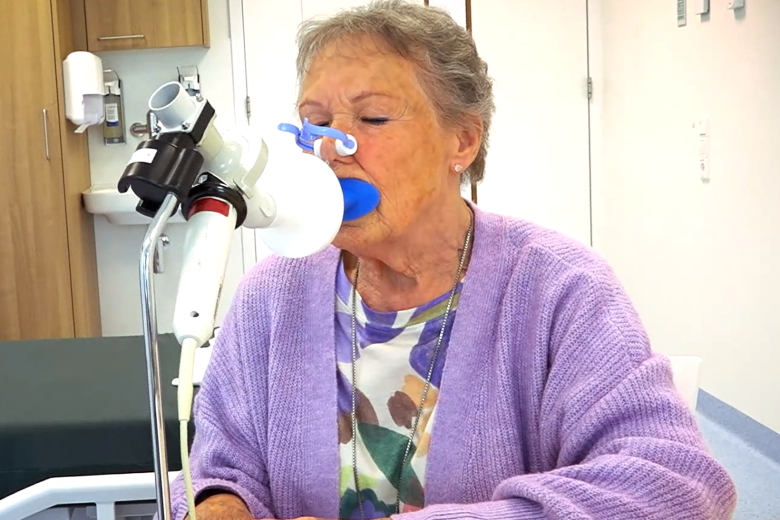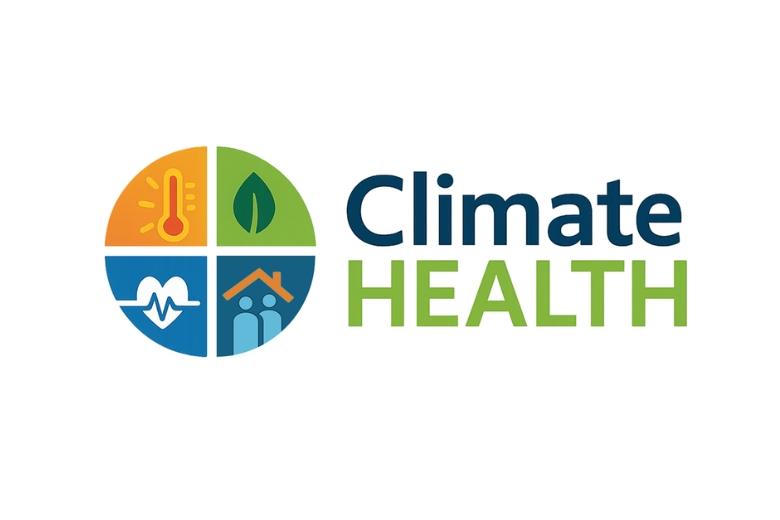NUTRIM and Open Science
New blog on open science within our research institute, kicked off by Assistant Professor Egon Willighagen.
Our challenge is to recognize and reward all open research output that makes us and others better.
NUTRIM and Open Science have a lot in common: both want to make an impact on society and do excellent science that deepens our scientific knowledge. But what that means in our day to day research, is not easy to explain.
Their focus is complementary.
NUTRIM aims at better health and Open Science aims at excellent fundamental research that can be used and extended by anyone. The Dutch Research Council already expects doing Open Science and Maastricht University endorses and supports the adoption.
Many of us first heard about Open Science in relation to new tasks: you have to publish Open Access and your data must be FAIR. But this is a bad reflection of what Open Science is and is about. In fact, by meeting Open Access and FAIR expectations you may not even reach the Open Science ideals. Basically, “Open science is a set of principles and practices that aim to make scientific research from all fields accessible to everyone for the benefit ofscientists and society as a whole” (UNESCO, doi:10.54677/UTCD9302).
Open Science is about enabling detailed peer review, allowing people to modify and improve your work, and not limiting who can do that. Impact by being better every day, not by name. Our challenge is to recognize and reward all open research output that makes us and others better.
This series will show what Open Science is done in our NUTRIM research institute and what opportunities we have.
Stronger together with cheminformatics
Personalized health often comes down to small changes in the chemistry of biological processes: e.g. personal exposome, inherited changes in protein structure, and how we respond to medicine. Cheminformatics is the field that uses digital approaches to understand this chemistry. It is used in the analysis of proteomics, metabolomics, and lipidomics data, in drug discovery, computational toxicology, or just for looking up the properties of some chemical in a database. An Open Science cheminformatics approach therefore has a significant impact on the life sciences.
Around 2000, Jmol was an early Open Source solution to visualize protein structures on the web and the Chemistry Development Kit (CDK, doi:10.1021/ci025584y) and JChemPaint pitched the idea of collaboratively developing an Open Science solution for cheminformatics. These open research softwares continue to change the cheminformatics field even today.
For our NUTRIM research, they support the curation of our Open Data WikiPathways biological process database and improve the interoperability with other ELIXIR Europe life science databases. This allows better biological understanding and context of experimental data. For example, the understanding of biomarker measurements for patients with rare diseases, and how chemical stressors activate toxicity-related responses in our cells.
The impact of the CDK and Jmol research software has been significant. The CDK papers are cited hundreds of times, and papers where the CDK is used even ten-fold more. Jmol has been used in textbooks, websites like Proteopedia, and by scientific journals to explain key biological knowledge.
Also read
-
New NUTRIM video series
Together with broadcaster L1, NUTRIM created a five-part video series offering an exclusive look behind the scenes of our research. Watch the videos

-
NUTRIM PhD Introduction days 29 and 30 October 2025
To kickstart your PhD journey with us, the NUTRIM PhD Council and Coordinators invite you to the NUTRIM Introduction Days.
-
Launch of the MUMC+ Climate HEALTH Institute
NUTRIM is proud to collaborate in this new institute with specific research, expertise and infrastructure like the advanced climate chambers.
